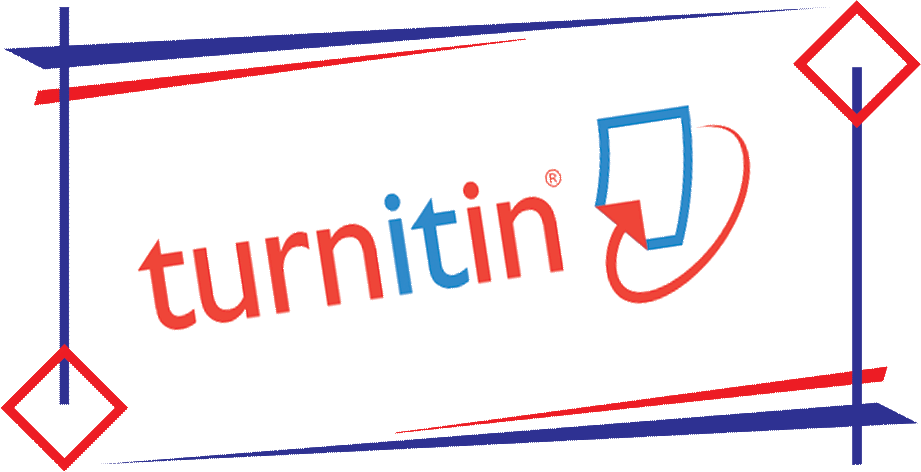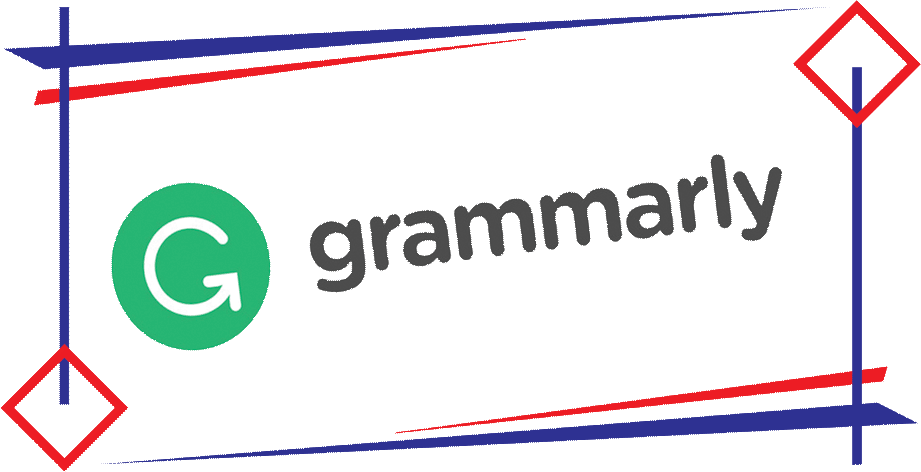Author Guidelines
Author Guidelines
MATICS: Jurnal Ilmu Komputer dan Teknologi Informasi (Journal of Computer Science and Information Technology) a journal that provide a forum for publishing the original research articles and review articles from contributors related to computer science and information technology.
Scientific article dealing with Algorithms and Complexity; Architecture and Organization; Computational Science; Discrete Structures; Graphics and Visualization; Human-Computer Interaction; Information Assurance and Security; Information Management; Intelligent Systems; Networking and Communication; Operating Systems; Platform-Based Development; Parallel and Distributed Computing; Programming Languages; Software Development Fundamentals; Software Engineering; Systems Fundamentals; Social Issues and Professional Practice
All papers submitted to the journal should be written in good English. Authors for whom English is not their native language are encouraged to have their paper checked before submission for grammar and clarity. The work should not have been published or submitted for publication elsewhere. The official language of the manuscript to be published in MATICS journal is English.
Submission Checklist
- Manuscript is submitted in .pdf, .doc, or .docx format.
- The manuscript has not been previously published or concurrently submitted elsewhere.
- Final version will be submitted in PDF format if accepted.
- All authors have read, reviewed, and approved the submitted manuscript and author order.
- CRediT authorship contribution statement is included in the manuscript.
- Use of AI-assisted technologies (if any) has been disclosed properly.
Manuscript Structure
Authors should structure their manuscript according to the following order. Each section must be included and detailed as described.
1. Title (maximum 15 words)
The title must be concise, clear, and specific, directly reflecting the topic, method, and scope of the research. Include main keywords to enhance discoverability.
2. Author(s) and Affiliation(s)
List all authors’ names, affiliations, and the email address of the corresponding author.
3. Abstract (up to 200 words)
The abstract should be self-contained and provide a summary of the study, including background, objectives, methods, key results, and their implication. Do not include equations, citations, figures, or unexplained abbreviations.
4. Keywords (3–5, alphabetical order, semicolon-separated)
Provide 3–5 keywords most relevant to the study. Write in alphabetical order, separated by semicolons (e.g., classification; deep learning; prediction; support vector machine).
5. Introduction
Present the research context, importance, and background. Briefly review previous research to show the current state of the art and identify gaps or unresolved issues. Explicitly state the novelty and main contribution in the final paragraph of the introduction. End with the research objectives and a brief outline of the manuscript structure.
6. Methodology
Describe in detail the research design and type (e.g., experiment, simulation), dataset sources and characteristics, data collection and preprocessing steps, algorithms or mathematical models (including equations and parameters), evaluation procedures (e.g., train-test split, cross-validation), performance metrics, and any comparative (baseline) methods. Include flowcharts, pseudocode, or diagrams where helpful.
7. Results and Discussion
This section must be clearly organized into two labeled subsections:
o Results: Present the main findings in an objective and systematic manner, using tables, figures, charts, and quantitative results as needed. Include all relevant performance metrics and comparison results.
o Discussion: Interpret the results, discuss their meaning and implications, compare with previous work, analyze strengths, limitations, anomalies, and suggest directions for future research or improvement.
8. Conclusion
Summarize the main findings and significance of the research. Restate the key insights and provide recommendations or directions for future work and further applications.
9. CRediT Author Contributions
Detail the role of each author using the CRediT taxonomy (e.g., Conceptualization, Data Curation, Methodology, Writing – Original Draft, Writing – Review & Editing).
Example:
YR: Conceptualization, Methodology, Writing – Original Draft;
NM: Data Curation, Validation, Writing – Review & Editing.
10. Declaration of Generative AI and AI-assisted Technologies
Disclose the use of any generative AI or AI-assisted tools (e.g., ChatGPT, Grammarly) at any stage of manuscript preparation. If none were used, include the following statement: “No generative AI or AI-assisted tools were used during the preparation of this manuscript.”
11. Declaration of Competing Interest
Declare any financial or non-financial competing interests. If none, state: “The authors declare no competing interests.”
12. Funding and Acknowledgments
Clearly indicate all sources of financial support, including grant numbers. If no funding was received, state: “This research received no external funding.” You may also include optional acknowledgments for individuals or institutions.
13. Ethical Considerations
If the research involves human participants, survey data, or any sensitive information, provide a statement confirming ethical approval or exemption from an appropriate ethics review board.
14. Data Availability
State where and how the data supporting the findings can be accessed (e.g., repository name, URL, DOI, or contact information). If data is not shareable, provide a clear justification (e.g., “Data available upon request due to confidentiality constraints.”).
15. References
List all references using the IEEE citation style. At least 15 references must be included, with a minimum of 80% from peer-reviewed journals published within the last five years. Literature review papers must cite at least 25 references. Avoid citing unpublished work or personal communications. Provide DOI links wherever available.
Figures, ANd Tables
- Table captions must appear above the table.
- Figure captions must appear below the figure.
- Algorithm captions must appear above the pseudocode block.
- All captions should use sentence case and must be explicitly referenced in the text.
- All equations must be numbered and referred in the text.
Additional Notes
- The literature review or related work should be integrated concisely into the introduction, not as a separate section.
- The novelty and contribution should appear only in the introduction and not be repeated elsewhere.
- Make sure all figures, tables, and algorithms are cited in the text and are of high quality.
- Manuscripts not following this structure may be desk-rejected.





